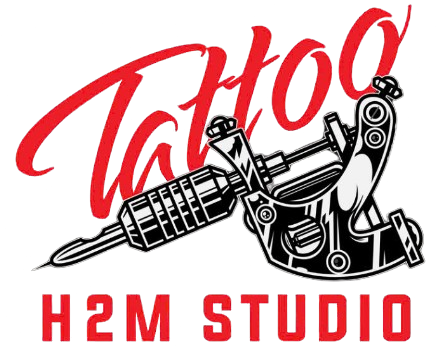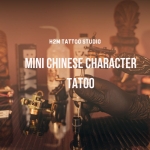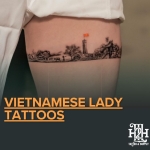What are the least painful places to get a tattoo? This question tops the list of concerns for anyone considering their first tattoo or planning their next piece of body art. At H2M Tattoo Studio, we understand that pain anxiety can overshadow the excitement of getting inked, which is why we've created this definitive guide to help you choose the most comfortable placement for your tattoo.
Understanding Tattoo Pain: What Affects It and Why It Matters
Before diving into specific body locations, it's essential to understand what makes certain areas more or less painful during the tattooing process. The sensation you experience isn't just about your pain tolerance—it's rooted in anatomy and biology.
Nerve density plays the primary role in determining pain levels. Areas with fewer nerve endings naturally produce less intense sensations during tattooing. Your skin acts as the first barrier, and areas with thicker skin provide more cushioning against the needle's penetration. Additionally, the presence of muscle and fat tissue beneath the skin creates a buffer that absorbs much of the needle's impact.
Several secondary factors influence your tattoo experience:
- Age and biological sex: Younger individuals typically experience less pain, while hormonal differences can affect pain perception
- Individual pain threshold: Everyone's nervous system responds differently to stimuli
- Tattoo characteristics: Larger pieces, detailed shading, and longer sessions increase overall discomfort
- Artist technique: Experienced artists often work more efficiently, reducing session duration
- Mental state: Anxiety and stress can amplify pain perception
Understanding these factors helps set realistic expectations and allows you to choose placement strategically based on your comfort level and design goals.
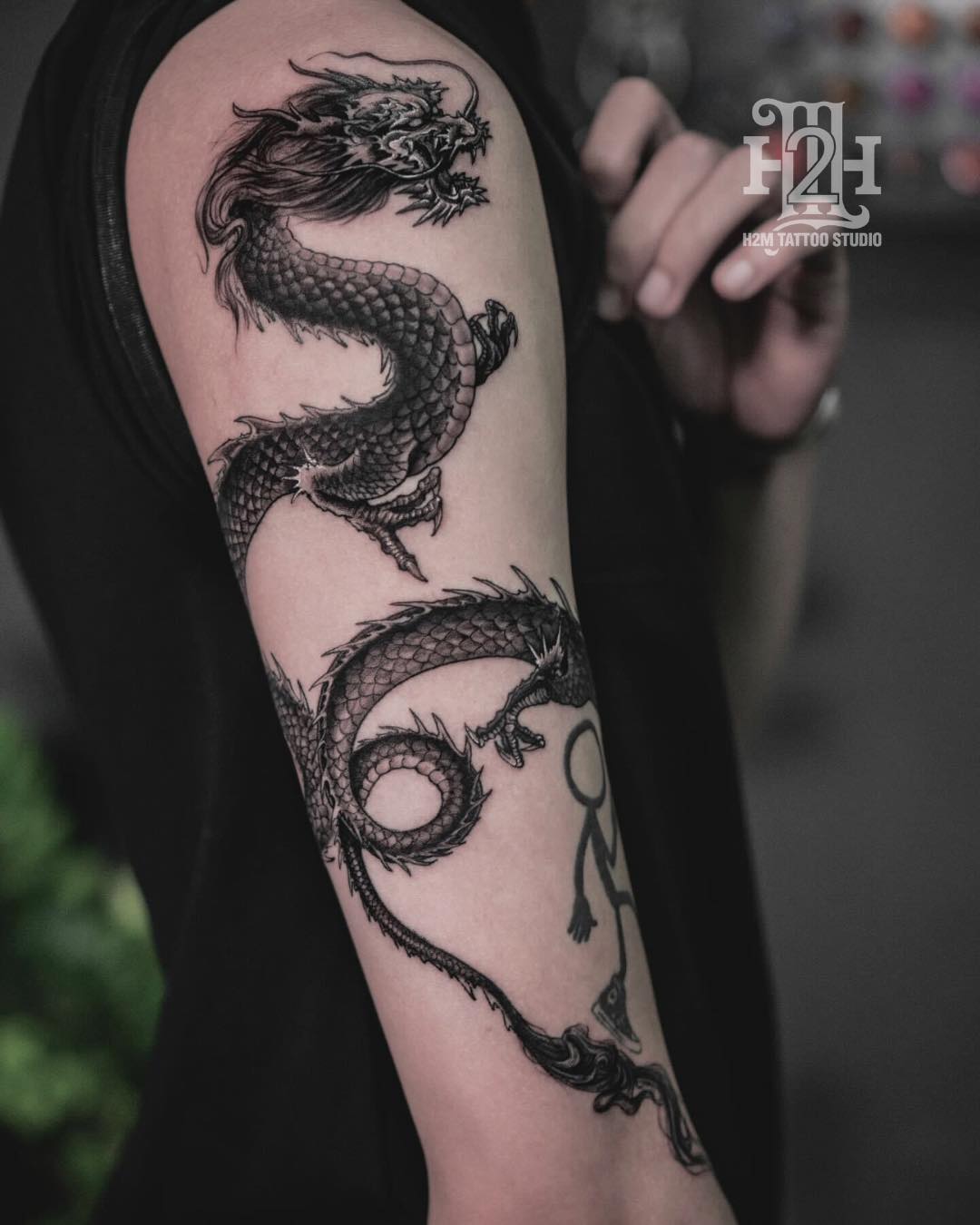
The 7 Least Painful Places to Get a Tattoo: Your Comfort Zone Guide
Outer Forearm
Why it's comfortable: The outer forearm boasts thick skin, substantial muscle coverage, and relatively few nerve endings. The area provides an ideal canvas for both beginners and experienced tattoo enthusiasts.
Popular placements and styles:
- Traditional sleeve work extending from elbow to wrist
- Geometric patterns and mandalas
- Text and quote tattoos
- Nature scenes and botanical designs
Comfort tips: This location allows you to easily monitor the artist's progress, which can help reduce anxiety. The position also enables natural conversation during longer sessions.
>>>> READ MORE: Numbing cream vs. no numbing cream for tattoos : 9 Essential Factors to Consider Before Your Next Session
Upper Arms and Shoulders
Why it's comfortable: The deltoid and bicep areas feature dense muscle tissue that acts as natural cushioning. The nerve distribution is sparse compared to other body regions, making this one of the most tolerable locations.
Popular placements and styles:
- Half-sleeve and quarter-sleeve designs
- Tribal patterns and Celtic knots
- Portrait work requiring detailed shading
- Memorial pieces and family tributes
Aftercare advantages: Upper arm tattoos are easily protected from sun exposure and clothing friction during healing, contributing to better long-term results.
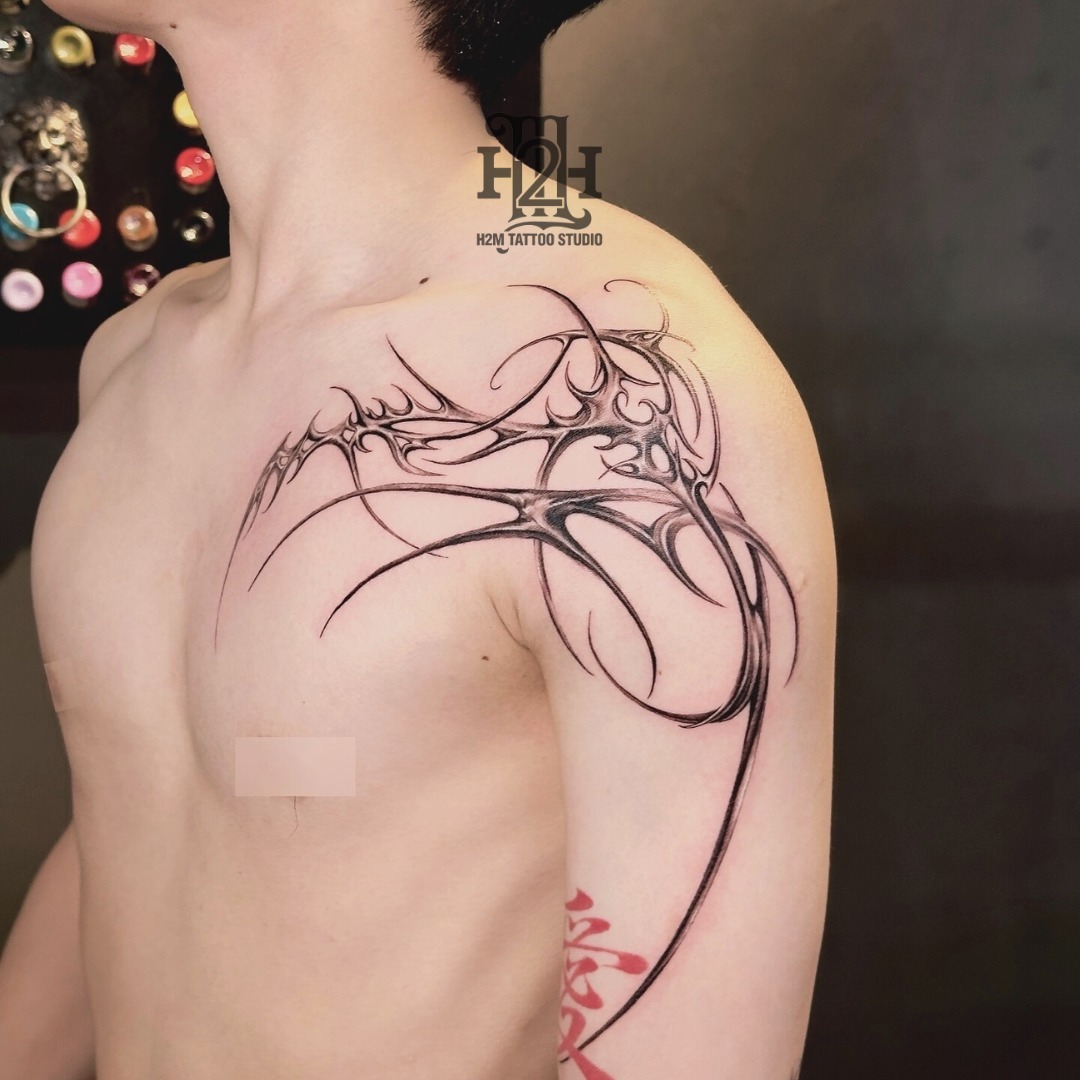
Outer Thighs
Why it's comfortable: The quadriceps muscle group provides excellent cushioning, while the skin thickness in this area offers additional protection. Nerve density remains low, creating an ideal environment for larger pieces.
Popular placements and styles:
- Large-scale Japanese traditional work
- Realistic animal portraits
- Abstract and watercolor designs
- Connecting pieces for leg sleeves
Practical benefits: Thigh tattoos are easily concealed for professional environments while offering ample space for detailed artwork.
Calves
Why it's comfortable: Similar to the thigh, the calf muscle provides substantial padding beneath moderately thick skin. The area experiences minimal daily friction from clothing and movement.
Popular placements and styles:
- Vertical designs following the leg's natural lines
- Sports-related imagery and team logos
- Pin-up and traditional American tattoos
- Floral arrangements and vine patterns
Healing advantages: Calves typically experience less swelling during recovery compared to other lower body locations.
Upper Back and Shoulder Blades
Why it's comfortable: The trapezius and latissimus dorsi muscles create a well-cushioned foundation, while the skin remains relatively thick. Limited nerve concentration makes this area particularly suitable for extensive work.
Popular placements and styles:
- Full back pieces and Japanese bodysuit elements
- Wing designs and religious imagery
- Landscape scenes and architectural elements
- Connecting work between shoulder pieces
Session considerations: Back tattoos allow for comfortable positioning during long sessions, though you'll need assistance with aftercare application.
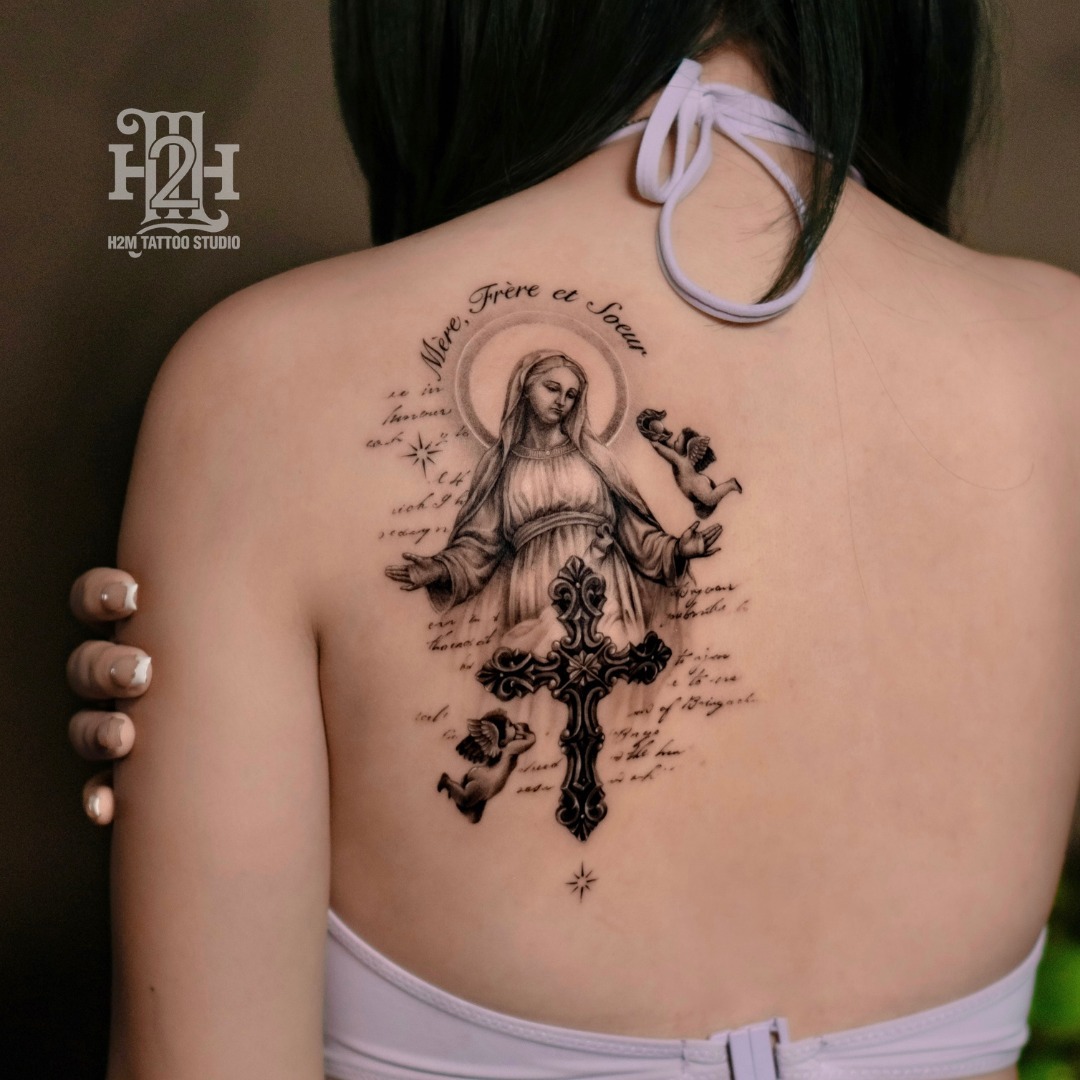
Outer Bicep
Why it's comfortable: The bicep muscle provides natural padding, while the curved surface distributes needle pressure effectively. This area experiences minimal daily irritation from clothing or movement.
Popular placements and styles:
- Band tattoos and armlet designs
- Small to medium symbolic pieces
- Connecting elements for arm sleeves
- Text wrapping around the arm's circumference
Visibility control: Outer bicep tattoos offer flexibility in display—easily shown or concealed depending on clothing choices.
>>>> SEE MORE: Can you get a tattoo while pregnant? 9 Critical Safety Considerations Every Expecting Mother Should Know
Outer Ankle and Lower Leg
Why it's comfortable: While the ankle itself can be sensitive, the outer ankle and lower leg areas benefit from moderate muscle coverage and manageable nerve distribution. The skin thickness provides adequate protection for smaller designs.
Popular placements and styles:
- Delicate floral designs and small symbols
- Matching tattoos and minimalist artwork
- Text running along the leg's natural curve
- Small memorial pieces and meaningful dates
Size considerations: These areas work best for smaller to medium-sized designs due to the limited canvas space and natural body contours.
Areas to Approach with Caution: Most Painful Tattoo Spots for Contrast
Understanding the most painful locations helps reinforce why the areas above are considered comfortable options. The most challenging spots for tattoo placement include areas where bone sits close to the skin surface with minimal muscle or fat cushioning.
High-pain locations include:
- Ribs and ribcage (thin skin over bone)
- Spine and lower back (nerve concentration)
- Hands and fingers (thin skin, high nerve density)
- Feet and toes (bone proximity, sensitive nerve endings)
- Inner thighs and groin area (sensitive skin, nerve clusters)
- Neck and throat (thin skin, vulnerable feeling)
- Elbow ditches and knee caps (joint sensitivity, thin skin)
These areas often require multiple sessions for larger pieces and may cause more discomfort during the healing process. Many experienced tattoo collectors recommend starting with less painful areas to build tolerance and confidence before tackling more challenging locations.
>>>> READ MORE: what is a tattoo ? A Story Etched in Ink
Pain Management Strategies During Tattooing
Proper preparation significantly impacts your tattoo experience, regardless of placement location. Pre-session preparation sets the foundation for comfort and successful completion.
Physical preparation steps:
- Maintain proper hydration for 48 hours before your appointment
- Get adequate sleep the night before your session
- Eat a substantial meal 1-2 hours prior to arrival
- Avoid alcohol and blood-thinning medications
- Wear comfortable, appropriate clothing for easy access
During-session comfort techniques:
- Practice steady breathing patterns to maintain relaxation
- Engage in light conversation with your artist when appropriate
- Request breaks during longer sessions for movement and hydration
- Use approved numbing creams only with artist consultation
- Focus on the artistic process rather than the sensation
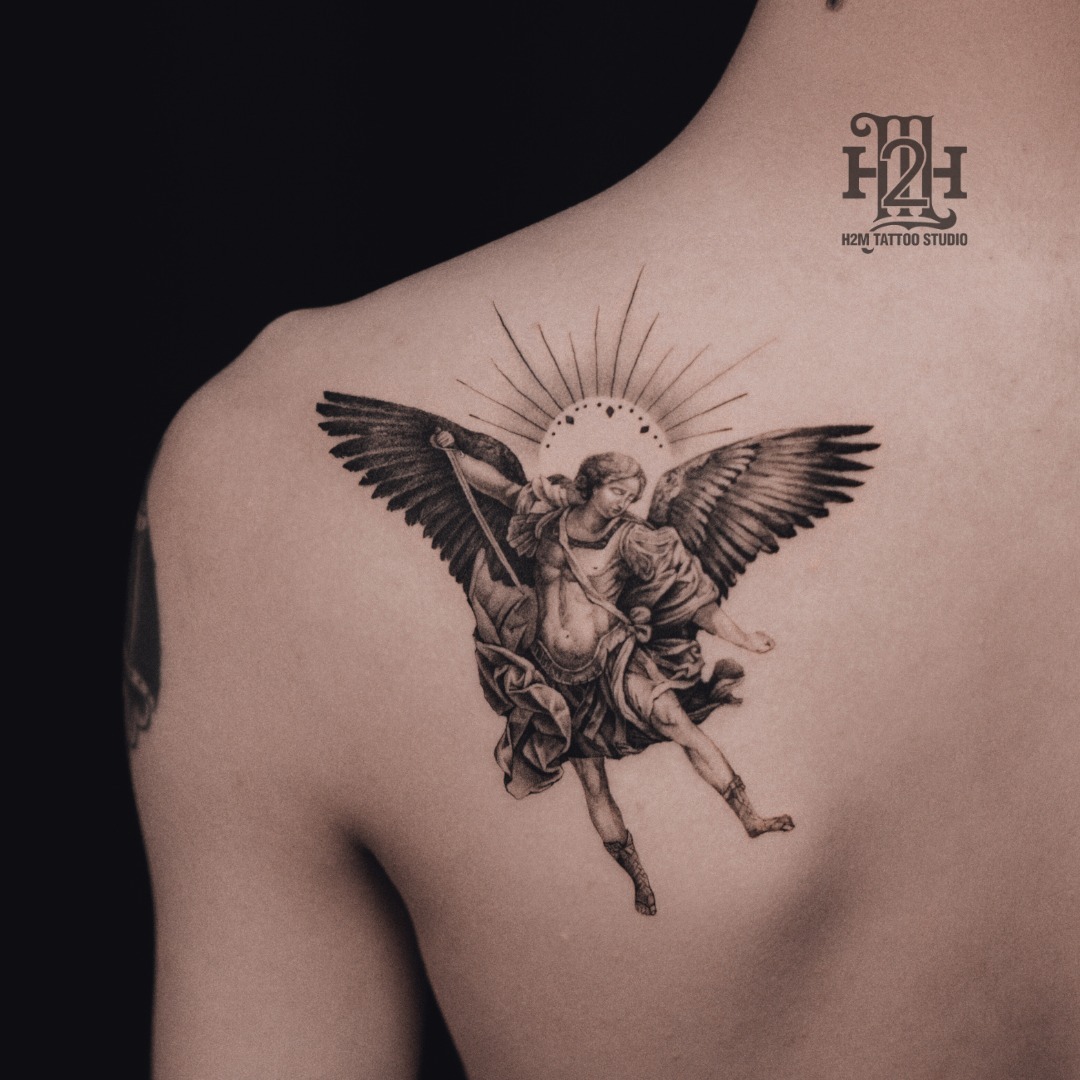
Mental preparation strategies:
- Visualize the completed artwork and your satisfaction with the results
- Bring music or podcasts for distraction during longer sessions
- Establish realistic expectations about sensation levels
- Remember that discomfort is temporary while the art is permanent
Understanding what sensations to expect helps normalize the experience. Most people describe tattoo pain as similar to a constant scratching or burning sensation rather than sharp, stabbing pain. The rhythm becomes predictable, and many clients report that anticipation is often worse than the actual experience.
Choosing the Right Tattoo Artist and Studio for a Safe and Comfortable Experience
Your artist and studio choice directly impacts both your comfort level and final results. Experience with different body areas varies among artists, so research their portfolio for work in your chosen location.
Artist selection criteria:
- Portfolio demonstrating expertise in your desired style and body area
- Professional certifications and health department compliance
- Client reviews specifically mentioning comfort and communication
- Willingness to discuss pain management and session planning
- Transparent pricing and clear communication about expectations
Studio safety and comfort considerations:
- Current health department licenses and inspection records
- Sterile equipment protocols and single-use needle policies
- Clean, professional environment with comfortable furniture
- Clear aftercare instructions and follow-up support
- Emergency procedures and first aid preparedness
A quality artist will discuss pain expectations honestly, offer breaks when needed, and prioritize your comfort throughout the process. They should provide detailed aftercare instructions and remain available for questions during your healing period.
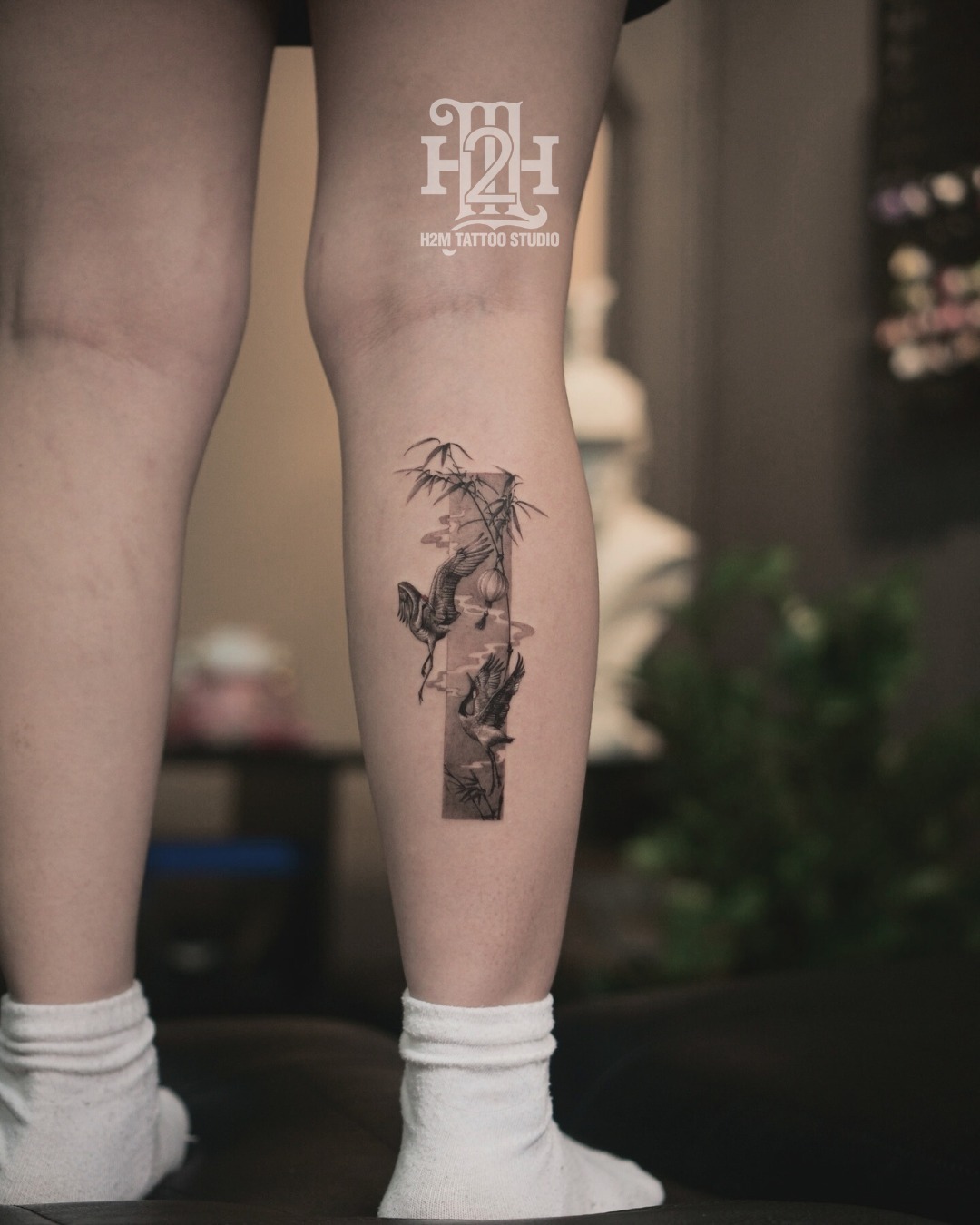
Visual Guide: Tattoo Pain Scale and Chart
Understanding pain intensity across different body areas helps inform your placement decision. Tattoo pain typically ranges on a scale from 1-10, with individual variations based on the factors discussed earlier.
Pain Intensity Scale:
- 1-3 (Minimal): Outer forearm, upper arm, outer thigh, calf
- 4-6 (Moderate): Outer bicep, upper back, outer ankle
- 7-8 (Significant): Inner arm, chest, lower back, shin
- 9-10 (Intense): Ribs, spine, hands, feet, neck
Body Area Comparison:
- Least painful areas feature thick skin, substantial muscle/fat cushioning, and low nerve density
- Moderate areas may have thinner skin or slightly higher nerve concentration
- Most painful areas combine thin skin, bone proximity, and high nerve density
This visual reference helps you compare your desired placement against other options and set appropriate expectations for your session. Remember that personal tolerance varies, and what feels intense to one person may be manageable for another.
>>>> SEE MORE: what are the benefits of getting a tattoo ? Are There Any Risks?
Unique Insights and Lesser-Known Facts About Tattoo Pain
Several factors influence tattoo pain that aren't commonly discussed in basic guides. Age-related changes in skin elasticity can affect both pain perception and healing. Younger skin typically bounces back more quickly, while mature skin may require gentler techniques and extended healing time.
Psychological factors play a substantial role in pain perception. Clients who view the process as a meaningful ritual or artistic collaboration often report less discomfort than those focusing solely on the pain aspect. Mental preparation techniques borrowed from meditation and mindfulness practices can significantly improve your experience.
Common myths debunked:
- Myth: Thinner people experience more pain
- Reality: Body composition matters less than specific area anatomy
- Myth: Tattoo pain is unbearable for most people
- Reality: Most clients rate their experience as more manageable than expected
- Myth: Pain tolerance can't be improved
- Reality: Preparation techniques and experience genuinely reduce discomfort
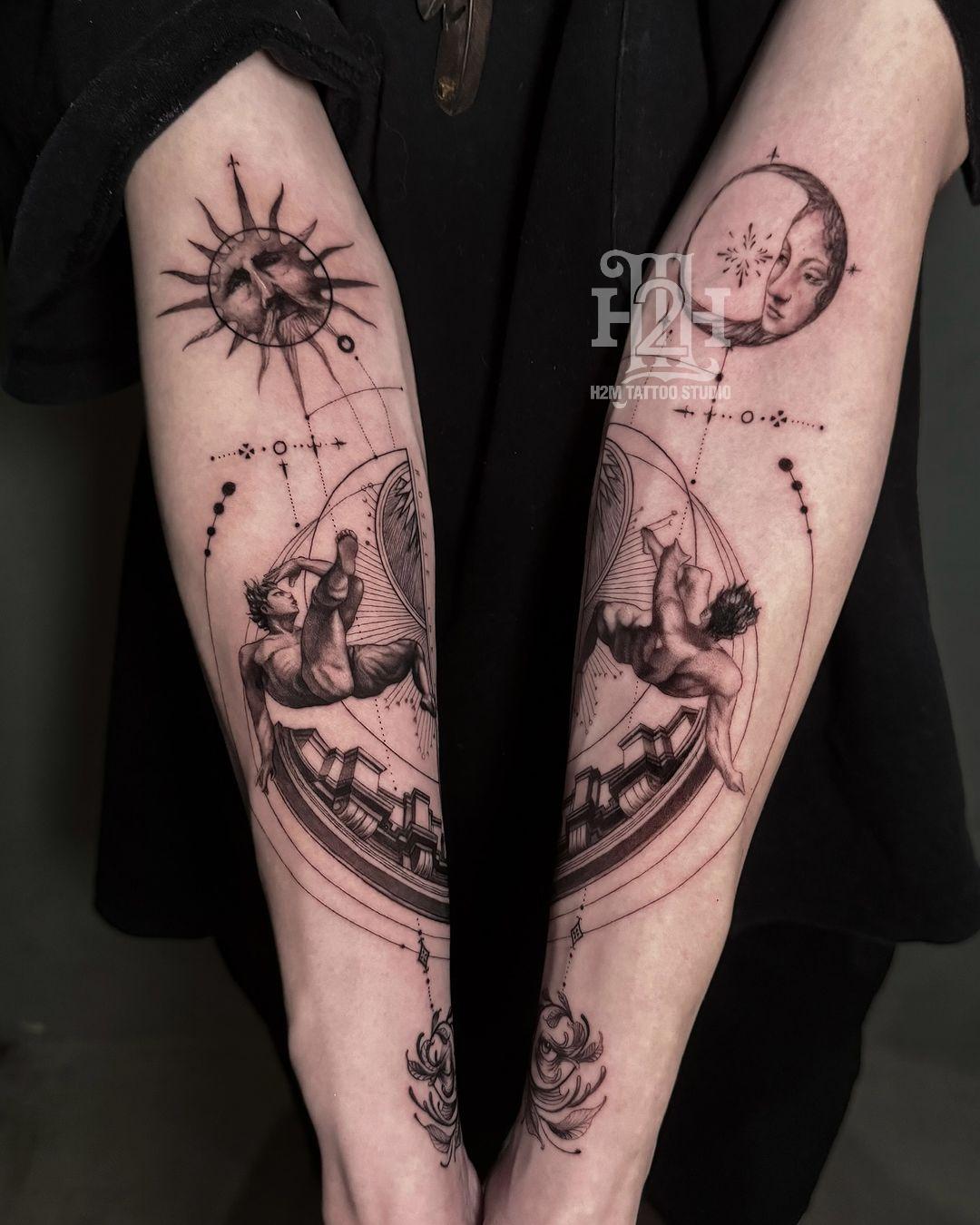
Seasonal considerations also impact your experience. Summer appointments may involve more clothing restrictions and sun exposure concerns during healing, while winter sessions offer better concealment options but may involve dry skin challenges.
The time of day for your appointment can affect pain perception, with most people reporting higher tolerance during mid-morning to early afternoon hours when energy levels peak.
What are the least painful places to get a tattoo? The answer lies in choosing areas with thick skin, substantial muscle cushioning, and low nerve density—specifically the outer forearm, upper arms, outer thighs, calves, upper back, outer bicep, and outer ankle areas. At H2M Tattoo Studio, we've seen countless clients discover that proper placement selection transforms their tattoo experience from anxiety-inducing to genuinely enjoyable.
>>>> NOTE NOW:

